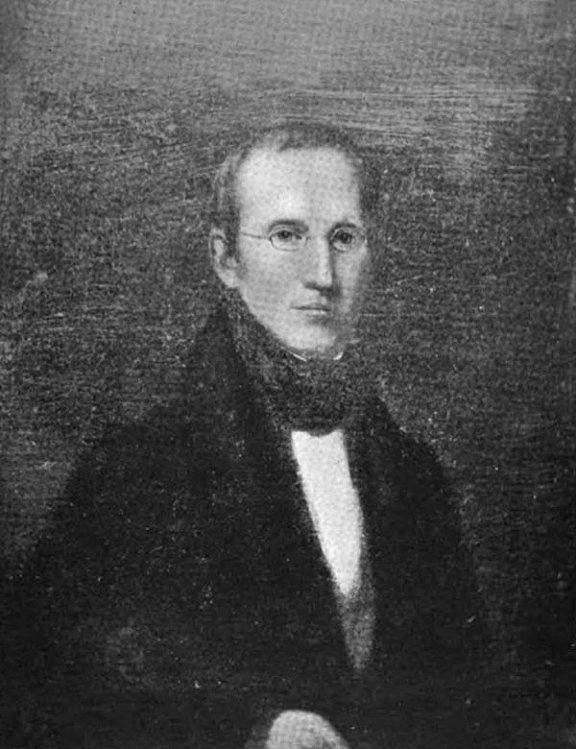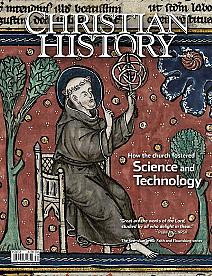Missionary Cyrus Hamlin Made Engineering History with Steel Beams

Hamlin was an extraordinary innovator.
CYRUS HAMLIN was an extraordinary innovator. He is thought to have been the first builder in the world to make use of steel girders. He also constructed the first steam engine in Maine. Nonetheless, few people have heard of him.
Hamlin was born on this day 5 January 1811 in Waterford, Maine. As a boy, he worked hard on a farm. Later he was apprenticed to a silversmith in Portland, where he discovered his need of a Savior, submitted his life to Christ, and joined a church. Congregationalist leaders offered him the large sum of $1,000 to pursue his education. Although he felt convinced he should enter the ministry, he turned down their offer and made his way through school on his own, not wanting to be under obligation to anyone.
He was accepted as a missionary by the Congregationalists, and sent to Turkey in 1838, where he educated Christian Armenians for thirty-one years. By the onset of the Crimean War, he had become president of Roberts College in Constantinople, which is where he made use of steel girders because of the frequent earthquakes. During the Crimean War, he expanded the operations of the school to make bread. He also invented a washing machine and secured the privilege no one else wanted of cleaning filthy British uniforms. This provided employment to many women through the mission as well as funds for church building.
His efforts extended in many directions: teaching, writing, translating, tending cholera victims, fund-raising, and church building. He introduced the first electric light in Turkey and the first telegraph. Much of his accomplishment was despite the opposition for various reasons of Muslims, Russians, and Jesuits.
After seventeen years of intense devotion to Roberts College, during which he even went without his salary for four years because the mission had trouble raising funds during an economic downturn, he was sacked without a word of explanation. He returned to the States and spent several years as an educator at Bangor Seminary, Maine, and Middlebury College, Vermont. This last school was on the ropes when he stepped in and rescued it.
Hamlin lived into his nineties. A year before his death in 1900, his mind still clear and vigorous, he wrote to a friend, “Upon the single plank of Christ’s righteousness, I am ready to launch upon the ocean of eternity.”
—Dan Graves
----- ------ ------
Christian have a long history of innovation. Read more at Christian History #134 How the church fostered science and technology






